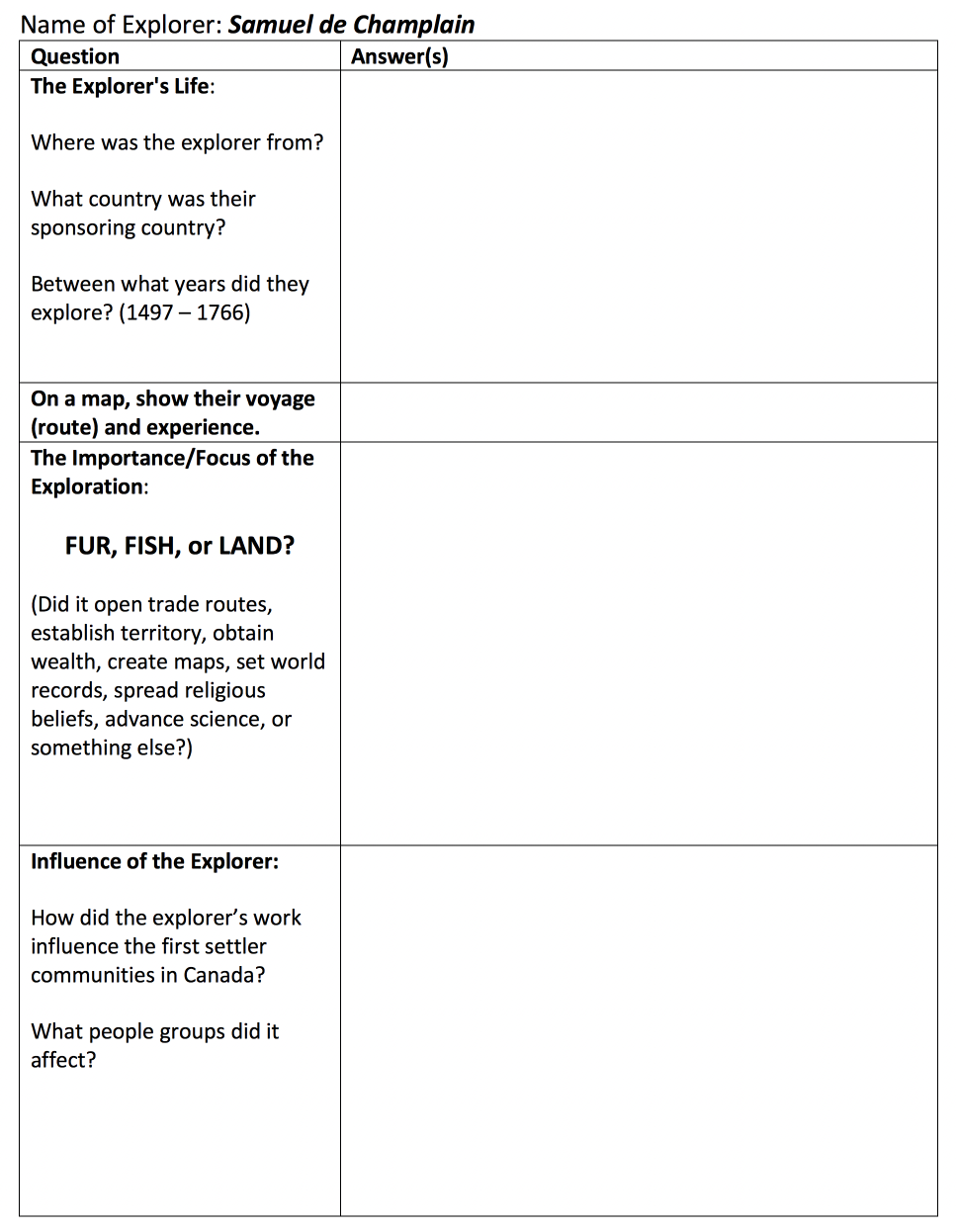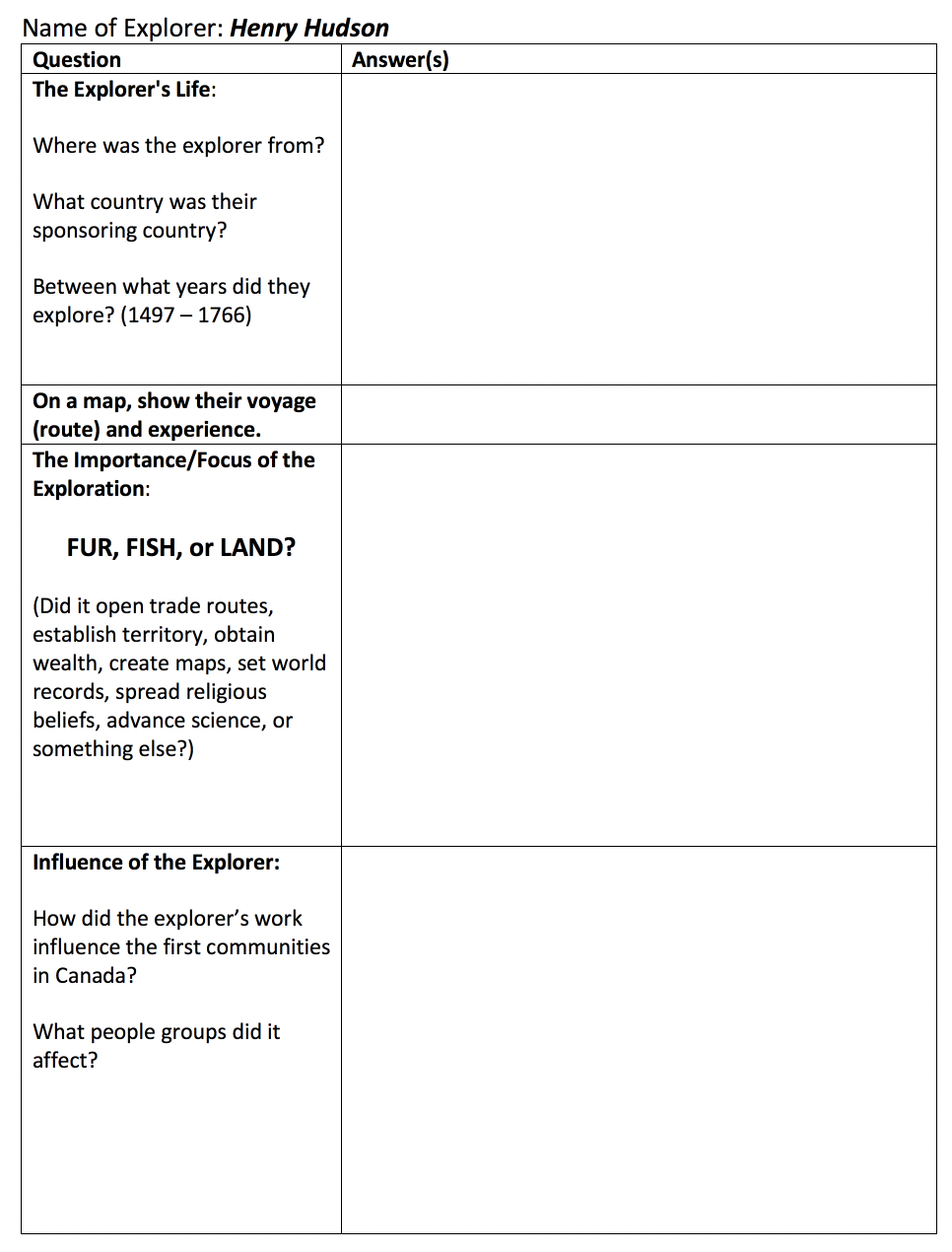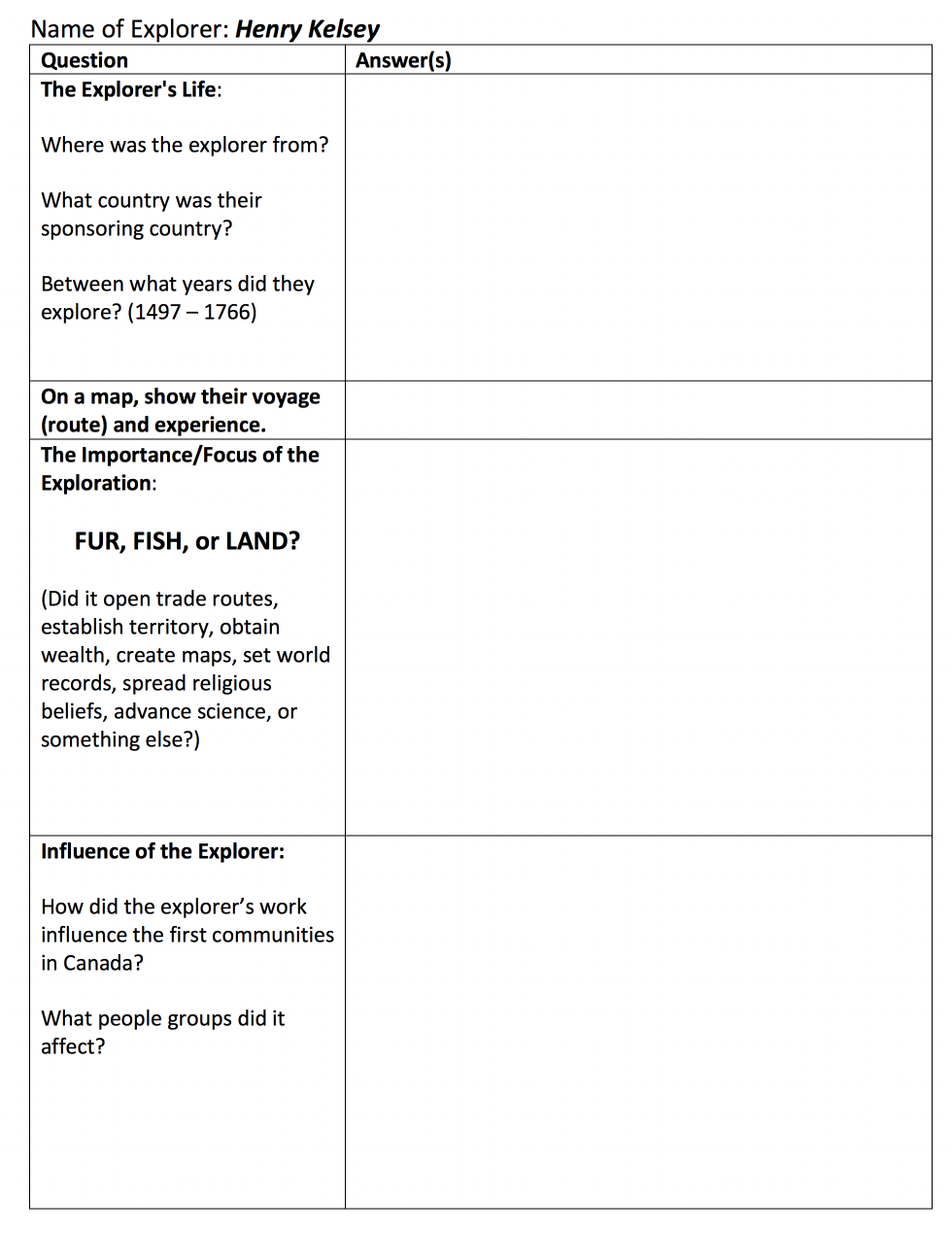Part C: Lifelong Learning Citizens Resources
LESSON RESOURCES
- Office of the Treaty Commissioner
www.otc.ca - http://www.parl.gc.ca/About/Parliament/SenatorEugeneForsey/touchpoints/index-e.html
- Teaching Kids News. teachkidsnews.com
- Take Action- Make a Difference: A Social Studies Handbook, Harding, J Craig, Alan Sears, Pearson pp 20-21
- Take Action! A Guide to Active Citizenship: How to change the world. Kielburger, Craig. Pages 145-152.
- Creating Canada: A History 1914 to the Present https://web.archive.org/web/20160505231922/http://www.creatingcanada.ca/
- http://www.canadashistory.ca/Explore/In-This-Issue/Creating-Canada
- Canadian Constitution documents search: https://primarydocuments.ca
- http://www.masters.ab.ca/bdyck/early-canada/index/index.html
- http://www.masters.ab.ca/bdyck/early-canada/explorers/
- http://www.masters.ab.ca/bdyck/early-canada/fur/
- http://www.masters.ab.ca/bdyck/early-canada/resources/EarlyCanadaABraveNewWorld.html (link no longer active)
- http://www.craigmarlatt.com/canada/
- Parliament of Canada http://www.parl.gc.ca
- Google Images for “free land” posters advertised in Europe to potential Canadian homesteaders
- Coming to Canada: Building Life in a New Land by Susan Hughes, 2005, Raincoast Books
- Countries Around the World: Canada by Michael Hurley, 2012, Heinemann Library.
You Tube Videos for Explorers:
- John Cabot – http://www.youtube.com/watch?v=WgpX0eUFPpA
http://www.youtube.com/watch?v=261-NYB7Sko - Jacques Cartier- http://www.youtube.com/watch?v=y0w2NsNcTz0
http://www.youtube.com/watch?v=OYSsf5AkzJU - Samuel de Champlain – http://www.youtube.com/watch?v=qv3XSSFcD38
- Henry Hudson- http://www.youtube.com/watch?v=elMG907efMM
http://www.youtube.com/watch?v=27VZtPI_NGg
Books for Explorers
- Canadian Explorers by Maxine Trottier, 2005, Scholastic.
- The Kids Book of Canadian History by Carlotta Hacker, 2002, Kids Can Press.
- The History News Explorers by Michael Johnstone, Scholastic.
- The Fur Traders by Robert Livesey, 1898, Stoddart Publishing.
- Exploration of North America, 1998, Ticktock Publishing
- Henry Hudson by Ruth Manning, 2002, Reed Educational & Professional Publishing
- Jaques Cartier by Andrew Santell, 2001, Reed Educational & Professional Publishing
- John Cabot by Neil Champion, 2001, Reed Educational & Professional Publishing
- Beginnings: From the First Nations to the Great Migration by Marshall Jamieson, 1996, Reidmore Books
- Fur Traders: Early Canada by Heather C. Hudak, 2007, Weigl Educational Publishers Ltd.
- Samuel de Champlain: From New France to Cape Cod by Adrianna Morganelli, 2006, Crabtree Publishing Company
- Great Canadian Lives: Portraits in Heroism to 1867, 1985, Nelson Publishing
- The Story of Canada: The Beginning, The Making of a Nation and A Century of Change by Janet Lunn and Christopher Moore, 1997, Scholastic
Push Pull Factors
- https://web.archive.org/web/20160505231922/http://www.creatingcanada.ca/
- http://lewishistoricalsociety.com/wiki2011/tiki-read_article.php?articleId=28
- https://sciencing.com/push-pull-factors-migration-8069131.html
- http://www.heritage.nf.ca/articles/society/push-pull-factors.php
- http://geoalliance.asu.edu/node/112
- http://geoalliance.asu.edu/sites/default/files/LessonFiles/GeoHistory/VonPriskImmigration/VonPriskImmigrationT.pdf
Settling of Canada
- http://www.cic.gc.ca/english/pdf/pub/discover.pdf
- http://www.cic.gc.ca/english/resources/publications/discover/index.asp
- https://web.archive.org/web/20150325233931/http://www.canadiana.ca/citm/index_e.html – Canada in the Making
- http://www.collectionscanada.gc.ca/settlement/kids/index-e.html – Kid’s Site of Canadian Settlement
- http://www.civilization.ca/exhibitions/online-exhibitions/history – Canadian Museum of History
CROSS CURRICULAR CONNECTIONS
Language Arts
Themes
- Personal and Philosophical: Students will:
- believe in their own self-worth and feel that they have control over the things that happen to them;
- look inward and focus on self-image and self-esteem; and,
- reflect on self and life, and on their beliefs and values and those of their society.
- Social, Cultural, and Historical: Students will:
- look outward and examine their relationships with others, their community, and the world;
- consider the social and historical context;
- explore their connections in families, schools, groups, and communities to understand the diverse needs and wants of others; and,
- show concern for other people in their relationships, groups, and communities.
- Environmental and Technological: Students will:
- explore the elements of the natural and constructed worlds and the role of technology and related developments in their society; and,
- explore the needs and characteristics of living things; properties of objects and materials; the five senses; and daily seasonal changes.
Treaty Education
- TR5: Examine the concepts of colonization and decolonization and analyze their effects.
- SI5: Analyze how symbols used by treaty signatories contributed to the treaty making process.
- HC5: Analyze the concept of self-government as it applies to First Nation and Métis people.
- TPP5: Analyze the benefits of treaties for all people in Saskatchewan from a contemporary perspective.
Health
Understanding, Skills, and Confidences (USC)
- USC5.5 Analyze the impact of violence and the cycle of abuse on the holistic well-being of self, family, and community.
- USC5.7 Assess the importance of self-regulation and taking responsibility for one’s actions.
Decision Making (DM)
- DM5.1 Analyze possible obstacles and envision solutions to addressing health challenges related to personal eating practices, changes of puberty, impact of illness/disease, identity and well-being, violence, peer pressure, and self-regulation.
Science
Life Science: Human Body Systems (HB)
- HB5.1 Analyze personal and societal requirements for, and the impact of, maintaining a healthy human body. [CP, DM]
- Physical Science: Properties and Changes of Materials (MC)
- MC5.3 Assess how the production, use, and disposal of raw materials and manufactured products affects self, society, and the environment. [DM, SI]
- Physical Science: Forces and Simple Machines (FM)
- FM5.3 Assess how natural and man-made forces and simple machines affect individuals, society, and the environment. [CP, DM, SI]
- Earth and Space Science: Weather (WE)
- WE5.3 Analyze the impact of weather on society and the environment, including technologies that help humans address weather conditions. [DM]
FURTHER INVESTIGATION SUGGESTIONS
- Have students address question “What does it mean to be Canadian?”
- Have students create a representation of what it means to be a Canadian in
- _____________ (province/territory). Their representation would need to include the historical, environmental and symbolic information they found. They could represent their learning through a variety of ways: ie. Multi-media presentations, technology (Prezi, Wiki, Powerpoint, videos, etc.), dramas, skits, plays, talk show, newspaper article, commercial, poster, etc.
- Have students deconstruct the lyrics to the “Métis National Anthem” to determine meaning.
APPENDIX







© 2024 Concentus Citizenship Education Foundation Inc. All Rights Reserved.









